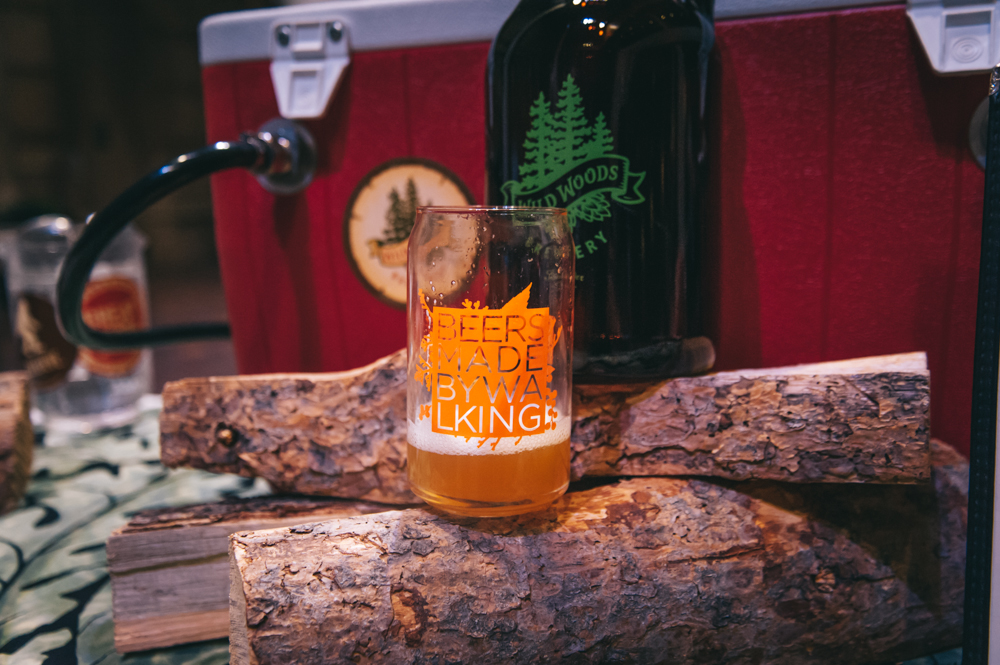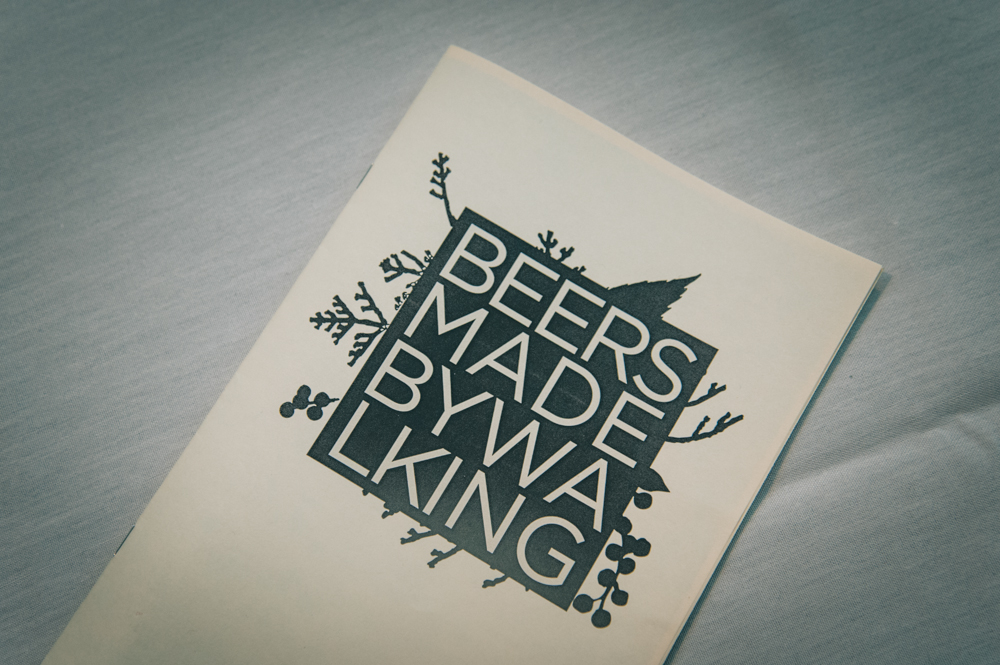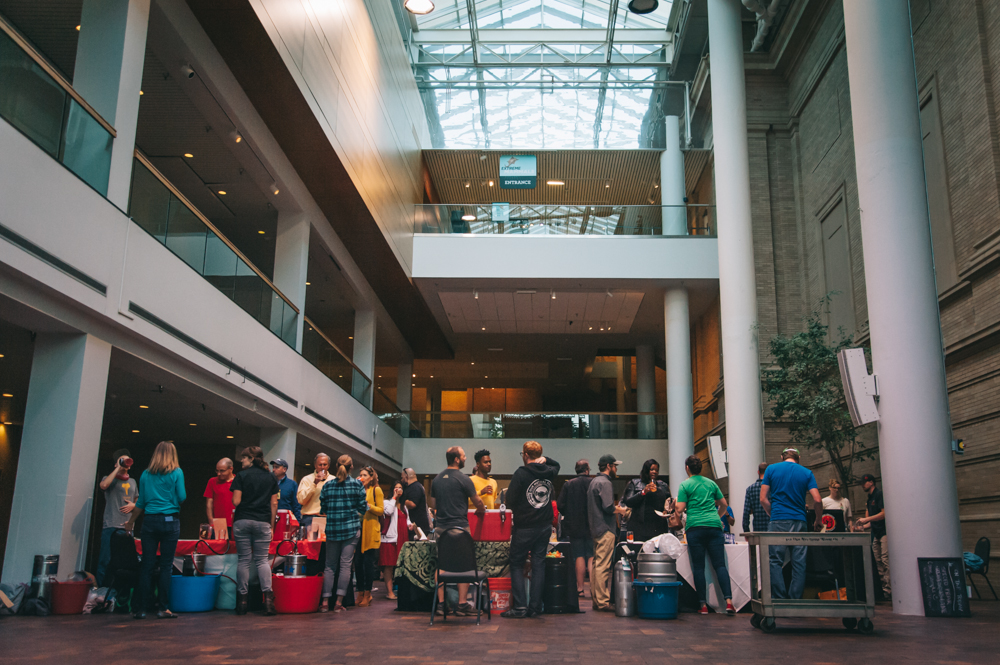When Beers Made By Walking began in 2011, only a handful of homebrewers participated. The enthusiasts gathered in a small Colorado Springs pub to showcase four beers they made based on wild ingredients they found while hiking in the nearby area. The concept, created by then University of Colorado professor Eric Steen, was originally designed as a contemporary art event. But, as Steen quickly found out, the idea resonated deeply with the passions of craft brewers and by its second year, the list of participants read more like a list of Great American Beer Festival (GABF) medal winners than a fledgling beer festival.
Now — among those original participants which included Wynkoop, Crooked Stave, Oskar Blues and New Belgium — the event has worked with over 100 breweries and host events along the coast of the American west. But what has not changed is the original idea— to get brewers to go outside and create a brew based on found ingredients.
For 2016, Beer Made By Walking returned to Denver during the week of the nation’s largest beer festival (GABF), and invited breweries to once again challenge their creativity to produce something distinctly native.
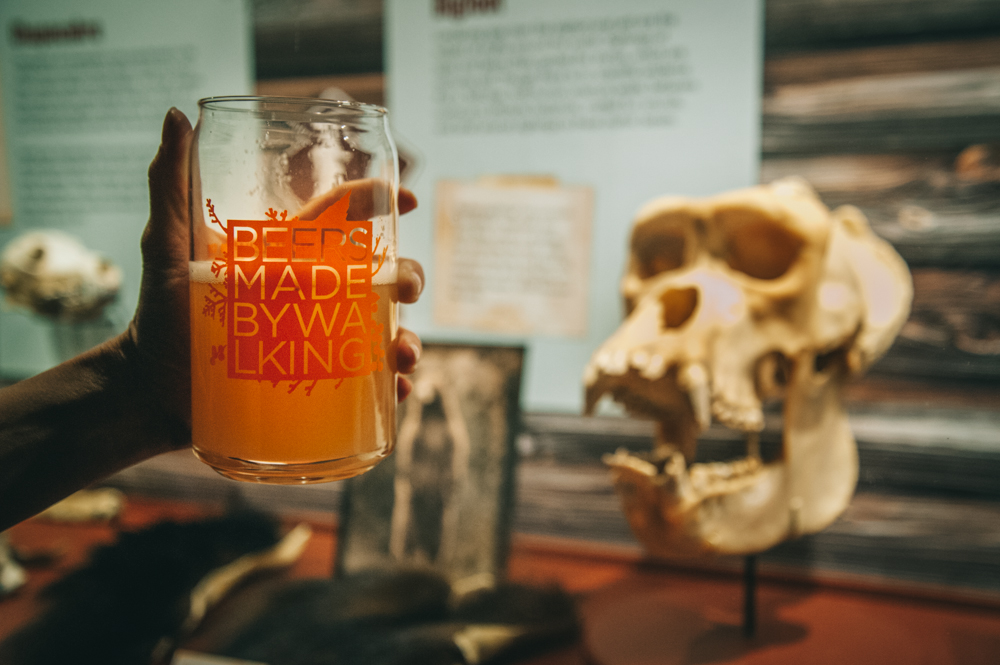
Hosted at the Denver Nature and Science museum on October 4, this year’s ingredients ranged as broadly as ever from known foods such as Palisade peaches, blueberries and mint to herbs, plants and vegetables that you’d never expect, or even necessarily hope, to find in a beer. This includes everything from dandelions and tree bark to bee pollen and pine needles. Due to these non-traditional ingredients, some of the beers were not only experimental in practice, but in taste as well, and therefore might not be your typical beer drinker’s cup of tea. But even with that said, there were several breweries that proved using native ingredients can yield not only interesting but tasty brews.
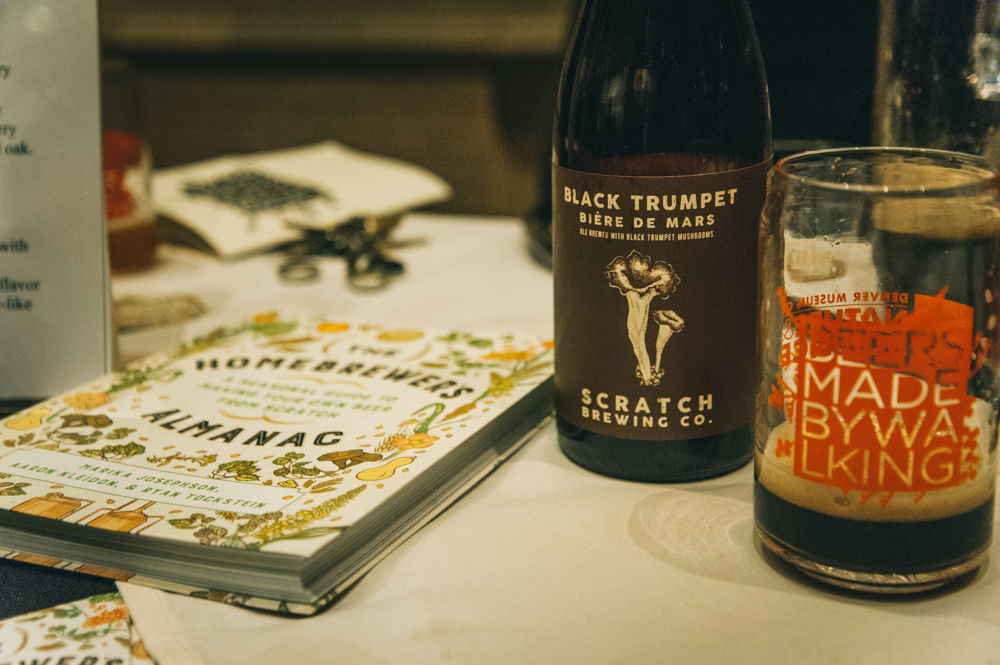
Scratch Brewing from Illinois proved to be exceptionally gifted with this year’s entry of Their Black Trumpet Biere de Mars made with black trumpet mushrooms. The brew will be entered along with five other variations of mushroom-based beers in this year’s GABF and is bound to create a buzz with its toasty caramel and chocolate notes. The beer, which only has a hint of chocolate malt, tastes nothing like what one might think of as a mushroom beer (my mind conjured thoughts of murky bong water) and rather resembles the deep cocoa characteristics of a cellared stout. Their other beer, a barrel-aged black cherry, was an exceedingly pleasant black sour ale brewed with cherry bark and aged in a Norton wine barrel from a local winery. However, it’s no surprise that Scratch lead the pack of this year’s brewers, since they make their beers from foraged ingredients year-round.

What was more surprising was the entry of Living the Dream. The lesser-known Highlands Ranch brewery was one of many to enter a peach-based beer, but after trying all other entries, none quite satisfied like their Peach Cobbler. Made with cinnamon, vanilla, ginger and nutmeg, the beer retained some of the peaches’ residual sweetness and delivered on the promise of its name. It really tasted like a peach cobbler. Ratio’s Plum Saison (plums were also a trend) similarly lived up to its title and tasted like a ripe, fleshy plum at the peak of its season.
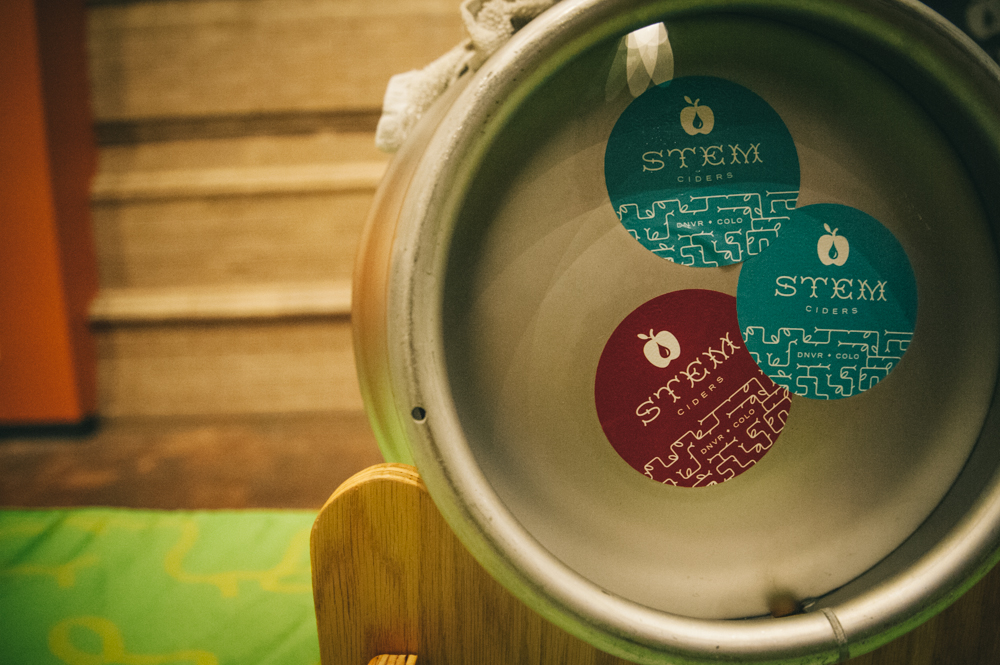
Other personal favorites included Crooked Stave’s Wild Mint Imperial Coffee Stout, which balanced acidic coffee notes with just a hint of wild mint, and Great Divide’s The Herbivorous One, which was marked by its refreshing pine and juniper scent. Baere Brewing also used juniper but collected the actual juniper in Meeker, Colorado.
Steen was also on hand while working for Hopworks Urban Brewery, which hails from his hometown of Portland, Oregon. The brewery took the environmentally-driven message a step further and used invasive species of the Pacific Northwest, Scotch Broom and dandelions, collected in the Mount Hood region. The result was a lightly hued golden beer that has a slight hop funk but finished cleanly.
“ I’m an environmental nut,” said Steen, elaborating that the original concept was inspired by an art-driven canoe trip in the Yukon Territory. “We were looking at some plants and [the guide] identified them and he said, ‘I wonder what that would taste like in beer,’ and that sort of triggered this whole thing.'”
Overall what defined this year was not just the strange ingredients, but rather the idea that creating a beer that evokes a sense of place doesn’t have to be just an artistic expression, but is a method by which great beer can be made. David Wright, the current events manager of the Denver edition of Beer Made by Walking, drove this point home by ending the evening with this concluding thought:
“I think as we’ve gone on the beers have escalated in quality. Beers that were always crazy and off the wall are now being dialed back into these really awesome [brews]. Every single brewery brought a really good beer. It kind of blew my mind.”
All photography by Lucy Beaugard.
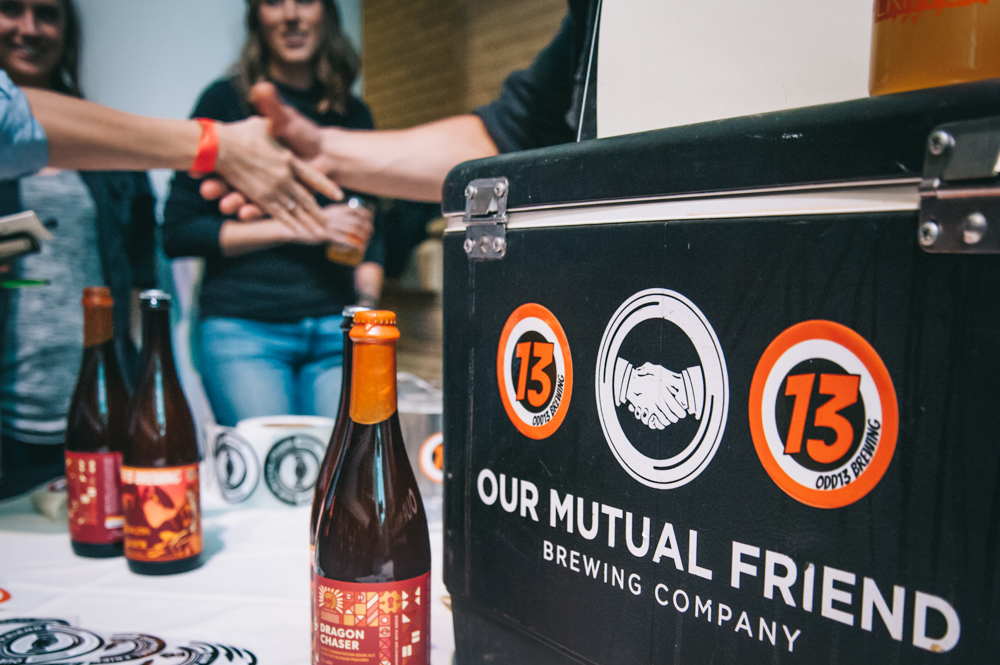
Editor’s note: the author of this post is in a relationship with an employee at Ratio Beerworks.





